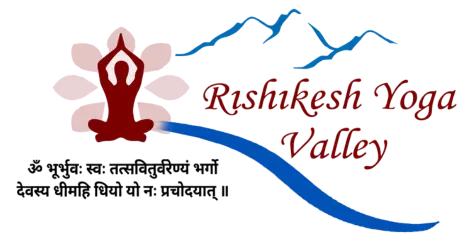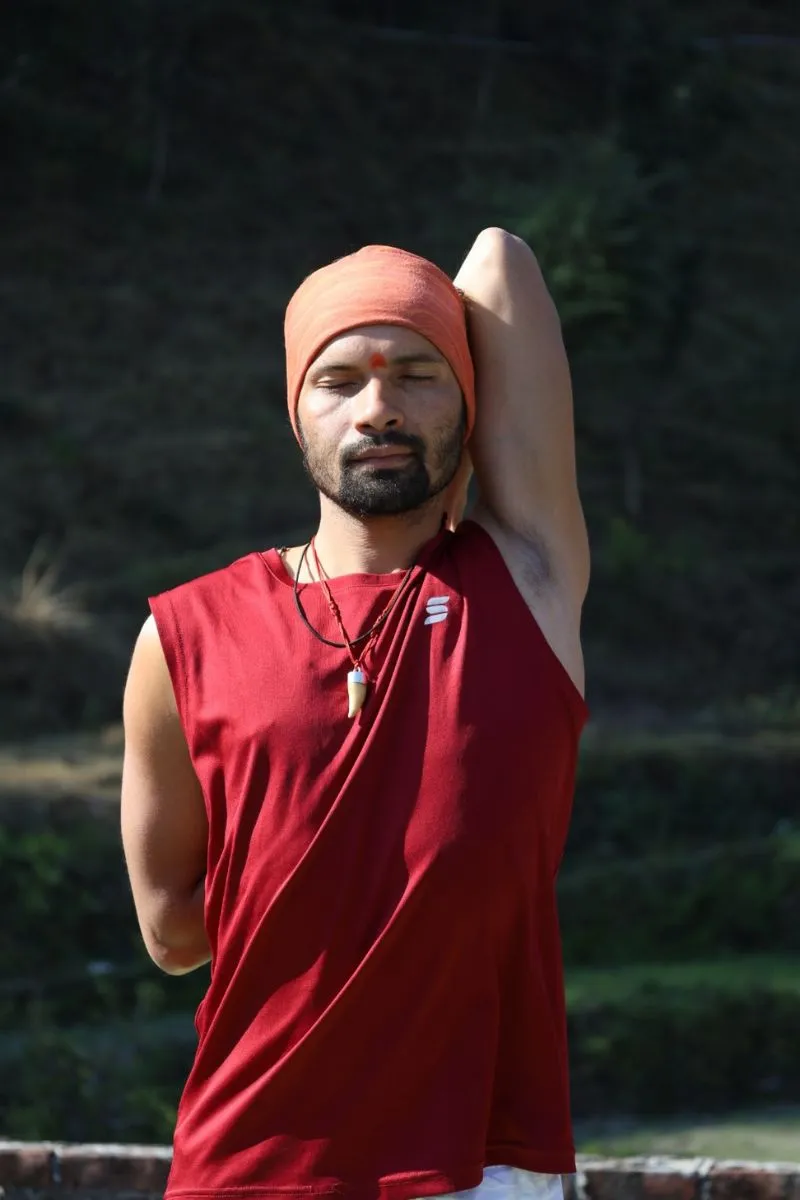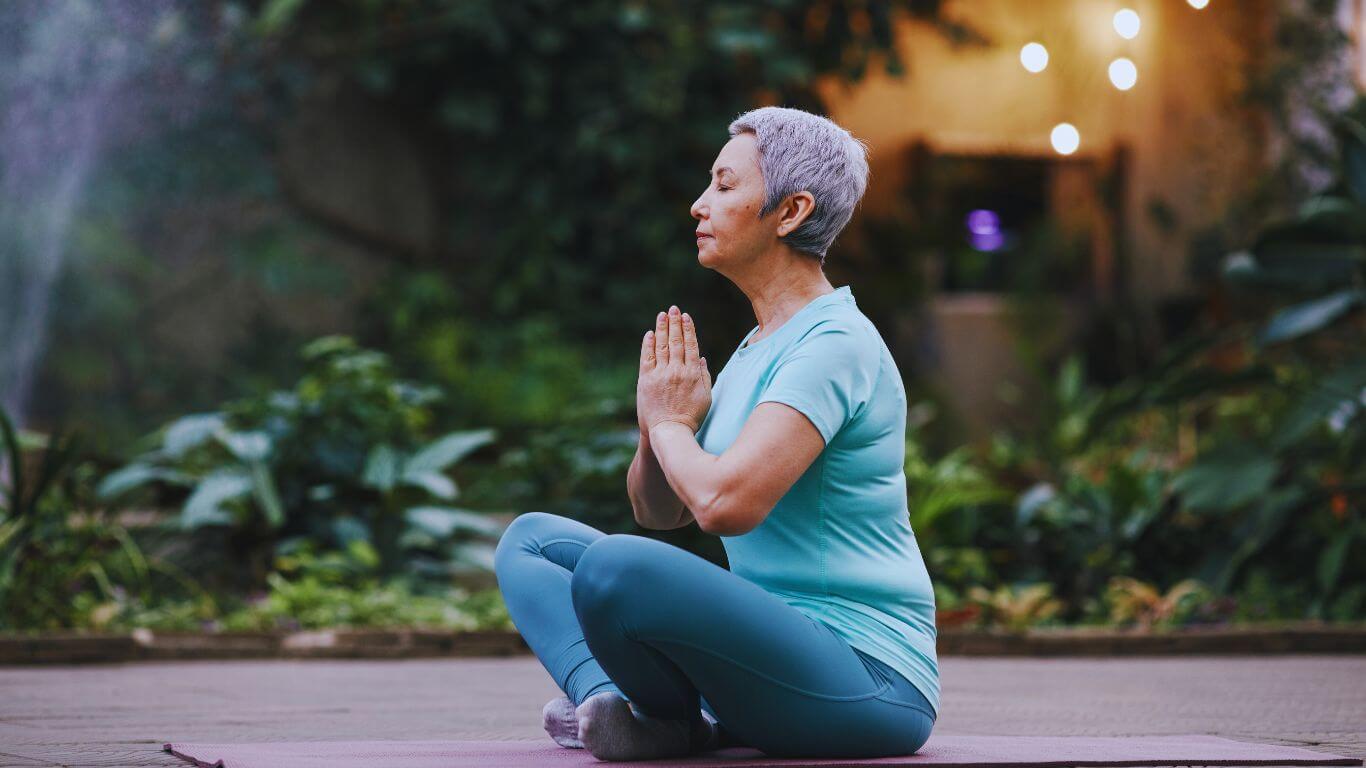
Adho Mukha Svanasana (Downward Dog): Benefits, Alignment, and Why It’s So Powerful
One of the most iconic and widely practiced yoga postures is Downward Dog (Adho Mukha Svanasana). This asana, often used in various styles of yoga, offers a wealth of benefits for both beginners and advanced practitioners. Let’s explore the details of this powerful posture, its benefits, and how it can enhance your yoga practice.
What is Downward Dog (Adho Mukha Svanasana)?
Adho Mukha Svanasana is a fundamental yoga pose that combines strength, flexibility, and balance. The name comes from the Sanskrit words “Adho” (down), “Mukha” (face), and “Svana” (dog). When performing the posture, your body forms an inverted “V” shape, mimicking a dog stretching its back. This asana is often incorporated into sequences like Surya Namaskar (Sun Salutation), providing a perfect stretch and reset between poses.
Step-by-Step Guide to Perform Downward Dog
Start in a Tabletop Position
Begin on your hands and knees with your wrists directly under your shoulders and knees under your hips. Keep your fingers spread wide for stability and press your palms firmly into the mat.Lift Your Hips Up and Back
As you exhale, slowly begin to lift your hips toward the ceiling, pushing your hands into the mat to straighten your arms. Simultaneously, raise your hips, creating an inverted “V” shape with your body.Lengthen Your Spine
Keep your spine long by focusing on pushing your hips upward, while drawing your chest toward your thighs. Ensure your neck remains relaxed, with your head aligned with your arms, not hanging down.Engage Your Legs
Press your heels towards the floor, though they don’t need to touch the mat. Your legs should remain straight, and your thighs should be engaged to deepen the stretch.Hold and Breathe
Hold the position for 5–10 breaths, making sure to focus on lengthening your body with each inhale and deepening the stretch with each exhale.
Benefits of Downward Dog
Strengthens and Tones the Body
Downward Dog strengthens the arms, shoulders, and upper back while toning the core and legs. The pose engages almost every muscle group in the body, making it a powerful full-body exercise.Improves Flexibility
It provides an excellent stretch for the hamstrings, calves, and spine, which helps to improve flexibility and mobility over time.Stimulates Circulation
Inverted poses like Downward Dog improve blood flow, allowing oxygen to reach the brain and invigorating the entire body.Relieves Stress and Tension
By focusing on the breath and stretching the spine, Downward Dog helps to release built-up tension, especially in the neck, shoulders, and back, which are common areas of stress.Promotes Better Posture
Practicing Downward Dog regularly helps to strengthen the muscles along the spine and improve posture by increasing awareness of body alignment.
Incorporating Downward Dog into Your Practice
Downward Dog is a versatile asana that can be included in virtually any yoga class. Whether you’re a beginner or an experienced yogi, this pose can be modified to suit your level of flexibility and strength. In advanced practice, you can further deepen the stretch by pressing your heels firmly into the floor or incorporating it into more dynamic sequences.
For those embarking on a 200-hour yoga teacher training in Rishikesh India, Downward Dog will likely become one of your key postures to teach, as it’s foundational to many yoga sequences and provides numerous benefits for students. Understanding how to perform this asana correctly, and teaching it with proper alignment, is essential for any aspiring yoga instructor.
Common Mistakes to Avoid
- Collapsed Arches: Avoid collapsing the inner arches of your feet. Keep them lifted and active.
- Rounded Back: Don’t let your back round excessively; maintain length in the spine, and engage the core to keep the back straight.
- Tension in the Neck: Make sure your neck is relaxed, with your gaze directed toward your legs or the floor, not straining to look ahead.
Conclusion
Downward Dog is an essential posture in yoga, offering a host of benefits that improve strength, flexibility, and mental clarity. Whether you’re looking to deepen your own practice or prepare to teach it to others, mastering this asana is a key step in your yoga journey. If you’re planning to pursue 200-hour yoga teacher training in Rishikesh India, practicing and perfecting this pose will be an integral part of your training, allowing you to offer your future students a solid foundation in their own practice.




